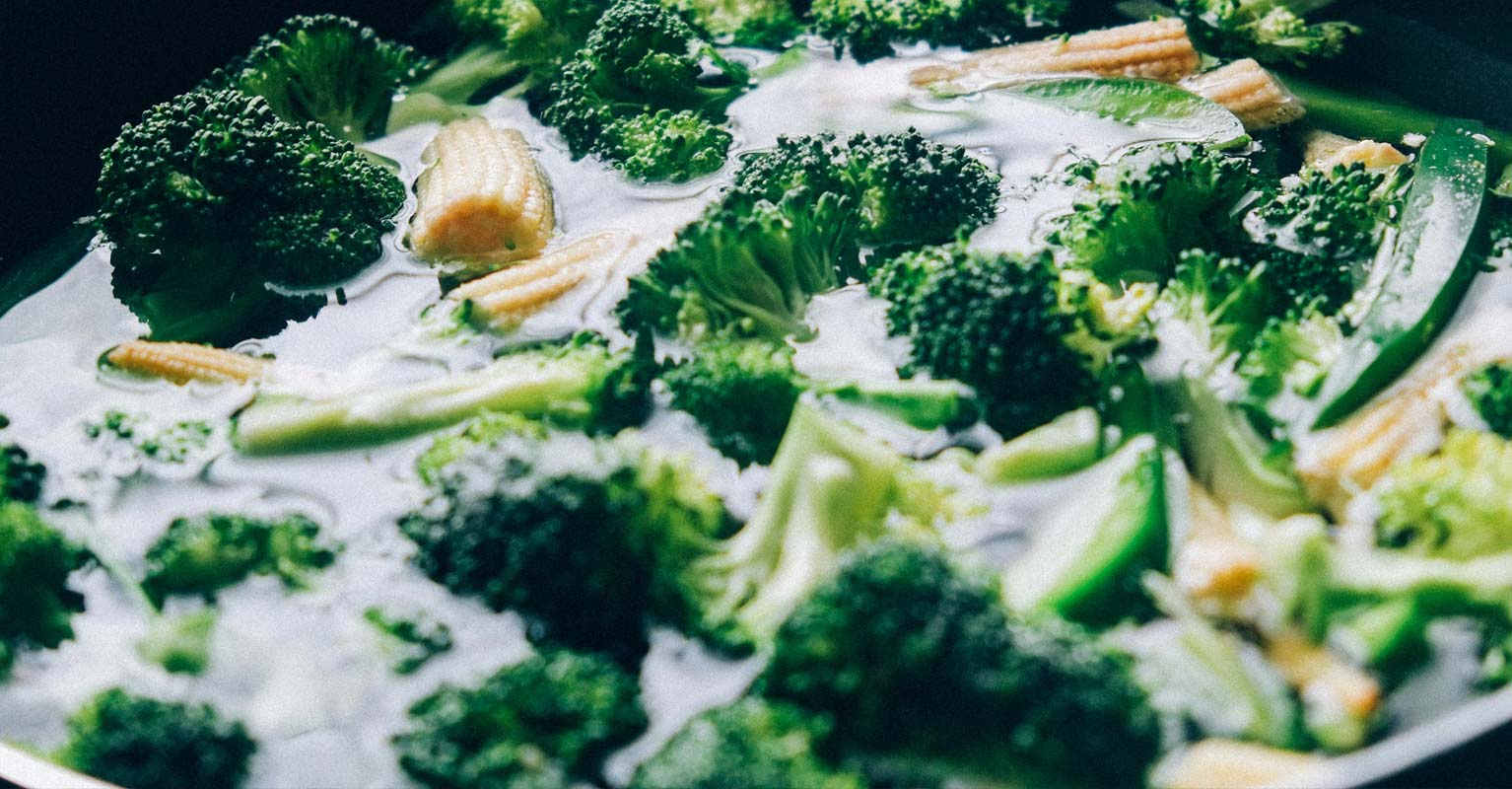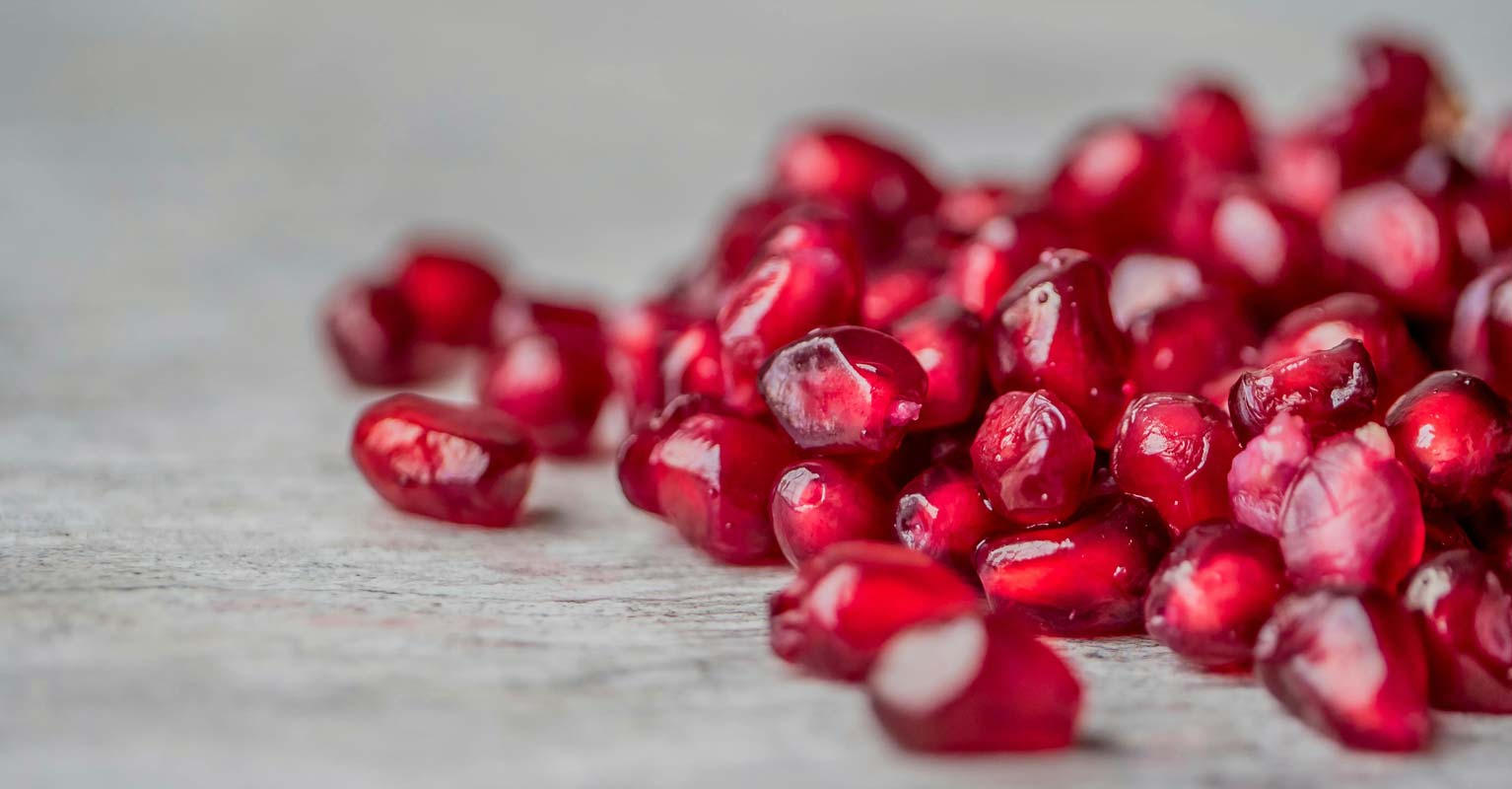
DELICATA SQUASH
This cylindrical striped beauty with its manageable size, tender edible skin, and butternut-meets-sweet-potato taste is the friendliest winter squash. The only thing is, it’s not really a winter squash at all; it comes from the same family as yellow summer squash and zucchini. This veggie is sturdier and can hang around the kitchen longer than its relatives, but for best texture use within a month, maybe two, and do not refrigerate.
To roast whole rings with seeds intact, set oven to 450°F and place your baking sheet inside during the preheating—this is a tip we learned from chef Daniel Cox when he prepared his Delicata Burrata for our Fall 2022 issue (available at ediblebozeman.com). Slice squash into ½-inch rings, seeds and all, place in a bowl, and drizzle with olive oil, massaging it into all sides of each ring. Carefully remove the preheated sheet pan from the oven, place squash rings in a single layer, roast for 15 minutes, then flip each ring and continue roasting for 5 or 10 more minutes, until caramelized to your liking. Sprinkle with flaky salt.
GOLDEN BEETS
Beautiful beets grown locally usually come with their greens, which are as pretty and as edible as chard. In fact, chard is a variety of beet that doesn’t grow a root. Cook beet greens briefly with garlic, olive oil, and a pinch of red chile flake.
For the beet part, rather than letting them roll around in your refrigerator drawer, get them cooked (or grate them raw and serve in a salad with tahini dressing—recipe available at ediblebozeman.com). Your best options for cooking are to roast in the oven or use a sous vide setup. Once cooked, beets taste great with goat cheese, salad greens, and candied nuts (see recipe for Roasted Beets with Honey Bourbon Vinaigrette in our Winter 2020 issue, available at ediblebozeman.com) or add them to a grain bowl or make into hummus.
FRENCH FINGERLING POTATOES
Slightly sweet and nutty in flavor with a creamy, dense texture, French Fingerlings are a favorite for skillet breakfasts, salads (from potato salad to Nicoise), oven-roasted potatoes, and plain ol’ boiled potatoes with butter. All varieties of fingerlings have tender skins that needn’t be removed for cooking or eating.
If you’re roasting a chicken, toss in fingerlings, whole or cut, add a half-cup of wine or water, and bake for about an hour at 425°. You could also make crispy smashed potatoes: parboil until tender, dry off moisture, mash on a hot olive-oiled sheet pan using the bottom of a juice glass or a flat-surfaced meat pounder, and bake at a high temperature like 425° until crispy to your liking (usually 20–30 minutes, with a flip).




